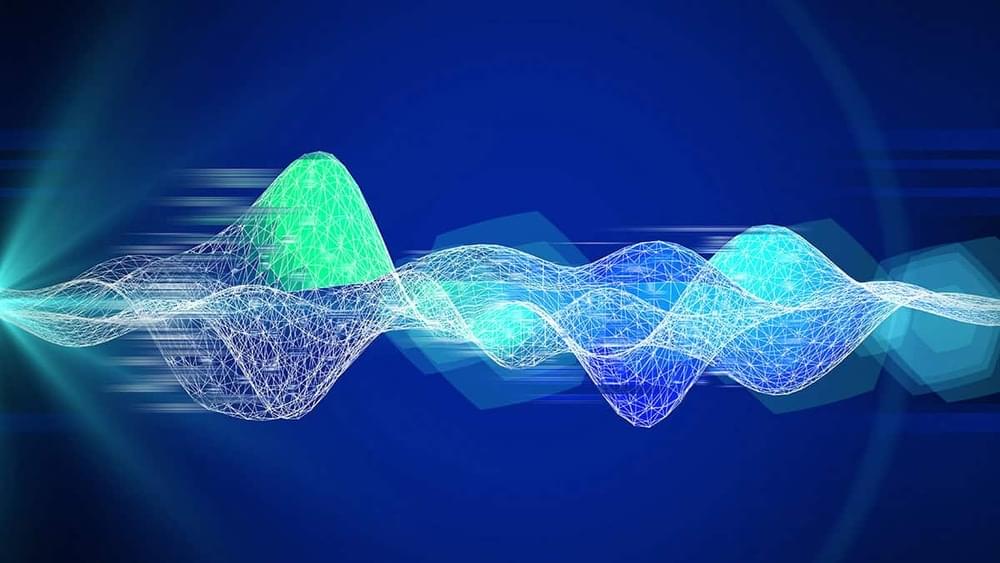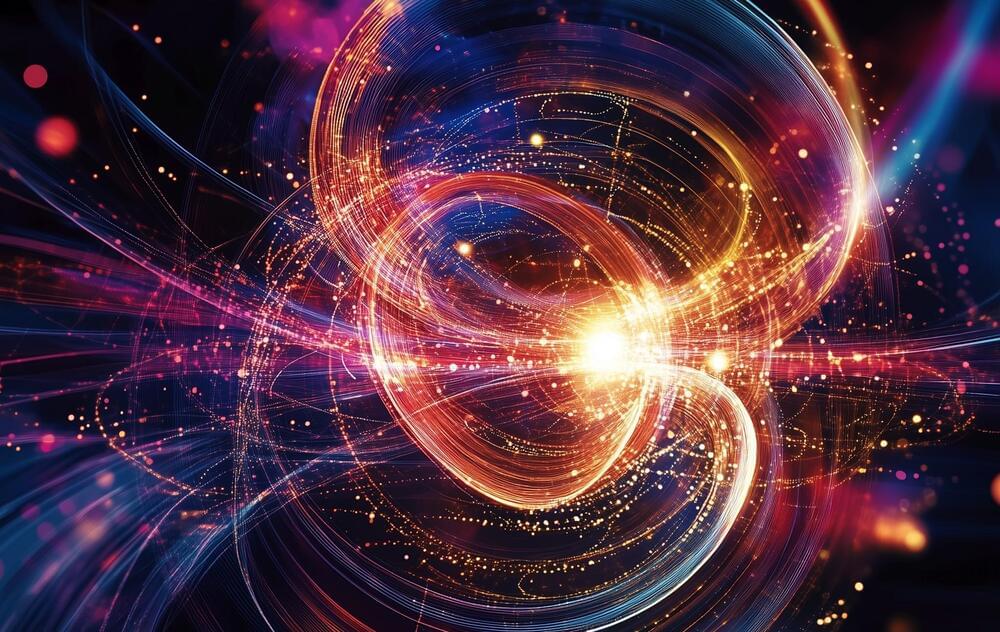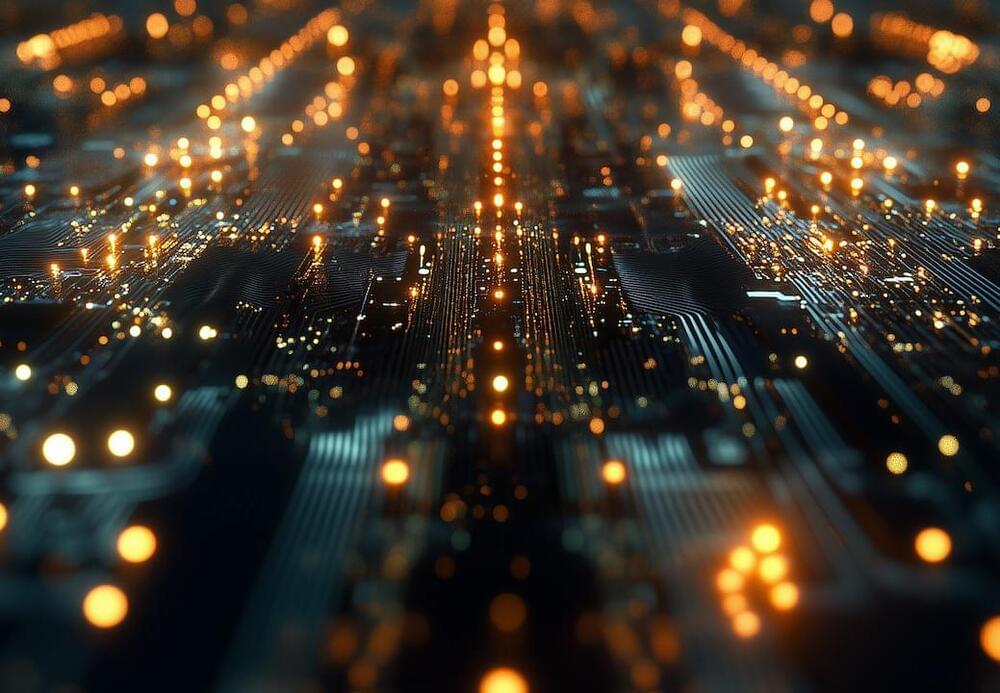Competition between different possible ground states of strongly correlated electron systems can lead to the emergence of mixed states called microemulsions. Now this phenomenon is reported at the meltingion of a Wigner crystal.
In the world of tiny particles and quantum physics, scientists often study how electrons—the fundamental particles that carry electricity—behave under different conditions. When electrons interact strongly with each other, they can form various states of matter, much like how water can turn into ice or steam. Sometimes, these states compete, leading to complex and fascinating patterns. One such pattern is called a microemulsion phase, where tiny regions of different electron states mix together, creating a kind of quantum “patchwork quilt.”
In this study, researchers explored a special material called a MoSe₂ monolayer, which is an ultra-thin layer of atoms that can host electrons. By cooling this material to extremely low temperatures and using advanced light-based techniques, they observed something remarkable: aion between two electron states—a rigid Wigner crystal (where electrons are locked in place) and a flowing electron liquid. During thision, the electrons formed a microemulsion phase, blending crystal-like and liquid-like regions in a unique, self-organized pattern.
The team detected this phase by looking for specific clues, such as changes in how light reflects off the material, how the electrons respond to magnetic fields, and how they scatter off each other. These clues confirmed that the microemulsion is a distinct and exotic state of electronic matter, offering new insights into how electrons can organize themselves in surprising ways. This discovery not only deepens our understanding of quantum materials but also opens the door to exploring new phases of matter that could one day power advanced technologies.









